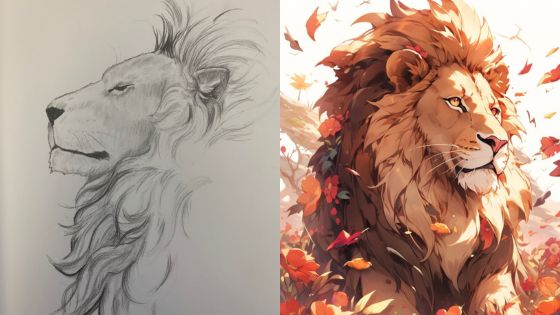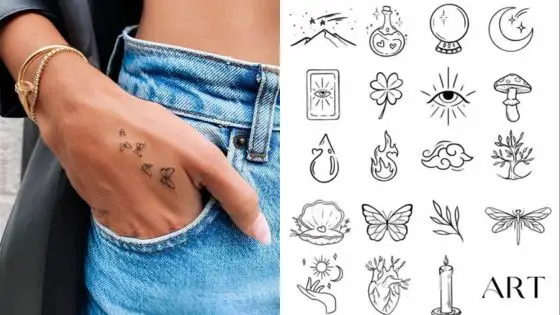Women drawing sketches is a captivating art form that has gained popularity in recent years. Artists use pencils, pens, and other tools to create amazing images on paper. These sketches can be quick doodles or detailed works of art.


Sketching lets women express their creativity and capture the world around them. It’s a great way for anyone to start making art, even with no experience. Many famous artists began by sketching before moving on to painting or other media.
Sketch artists can draw anything that catches their eye. Some focus on people and portraits, while others prefer landscapes or still life scenes. Sketching is fun and relaxing. It helps improve observation skills and hand-eye coordination too.
Key Takeaways
- Sketching is an accessible art form for women to express creativity
- Artists can use various tools to create quick doodles or detailed drawings
- Sketching improves observation skills and can lead to other art forms
History of Women in Art
Women have made incredible contributions to the art world throughout history. Their work spans diverse styles and mediums, from painting to sculpture and beyond.
Pioneering Female Artists
Artemisia Gentileschi broke barriers in the 17th century as one of the first successful female painters. Her dramatic Baroque style and powerful depictions of women were groundbreaking.
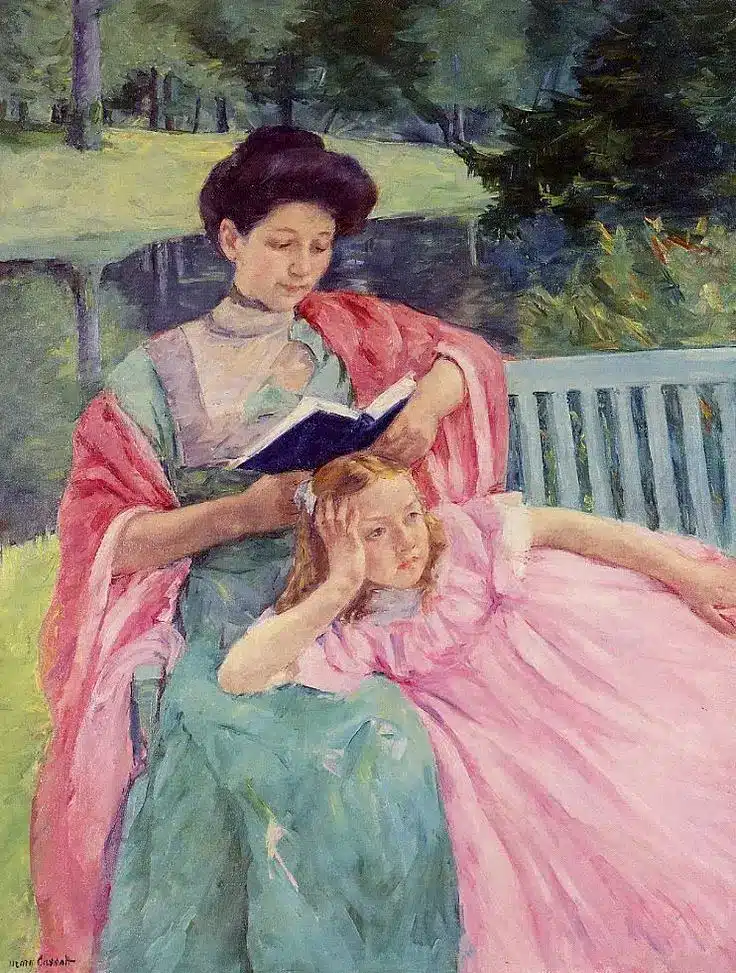
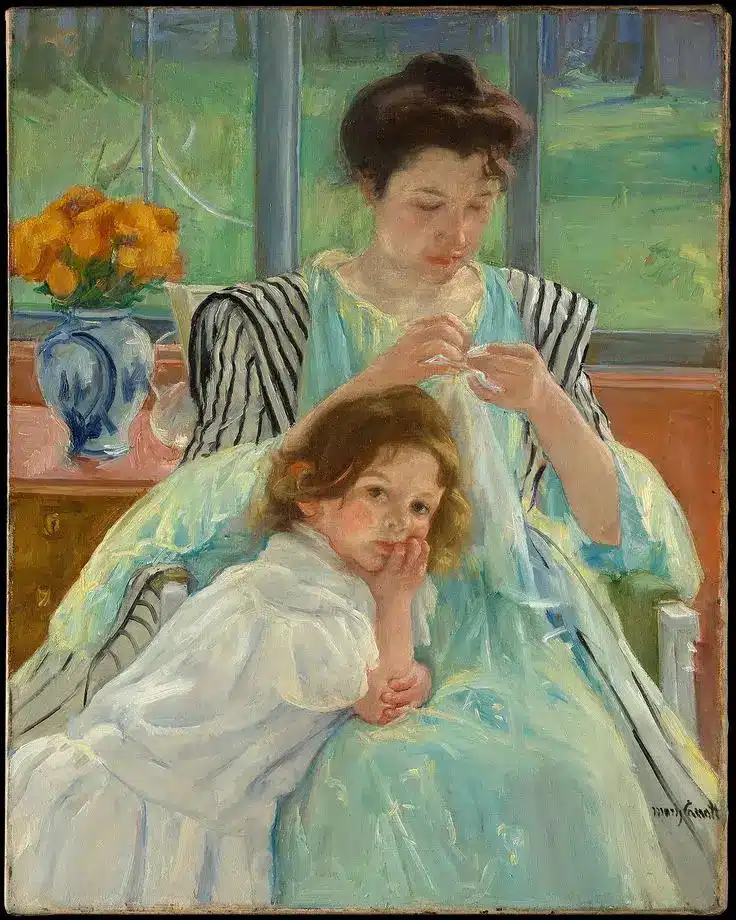
In the 19th century, Mary Cassatt gained fame for her Impressionist paintings of mothers and children. She helped introduce European art styles to America.
Frida Kahlo’s vivid self-portraits in the 20th century explored identity, pain, and Mexican culture. Her unique style blended surrealism and folk art.
Georgia O’Keeffe became known as the “Mother of American Modernism” with her bold flower paintings and Southwestern landscapes.
Evolution of Female Representation
Early art often showed women as idealized beauties or religious figures. The Renaissance brought more realistic portrayals, but still mostly by male artists.
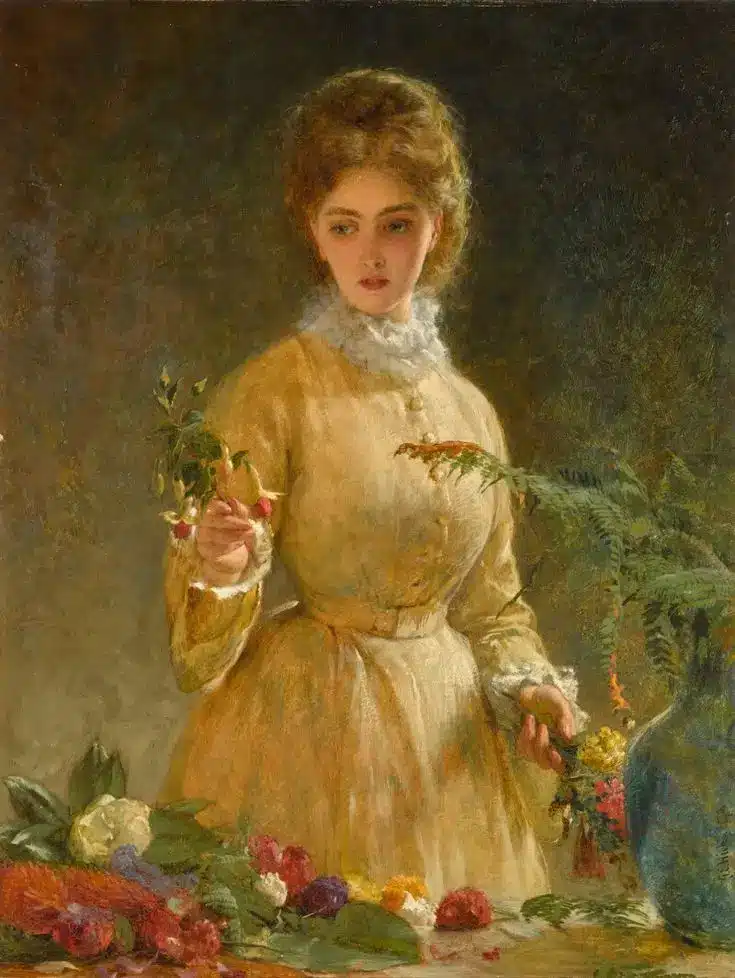
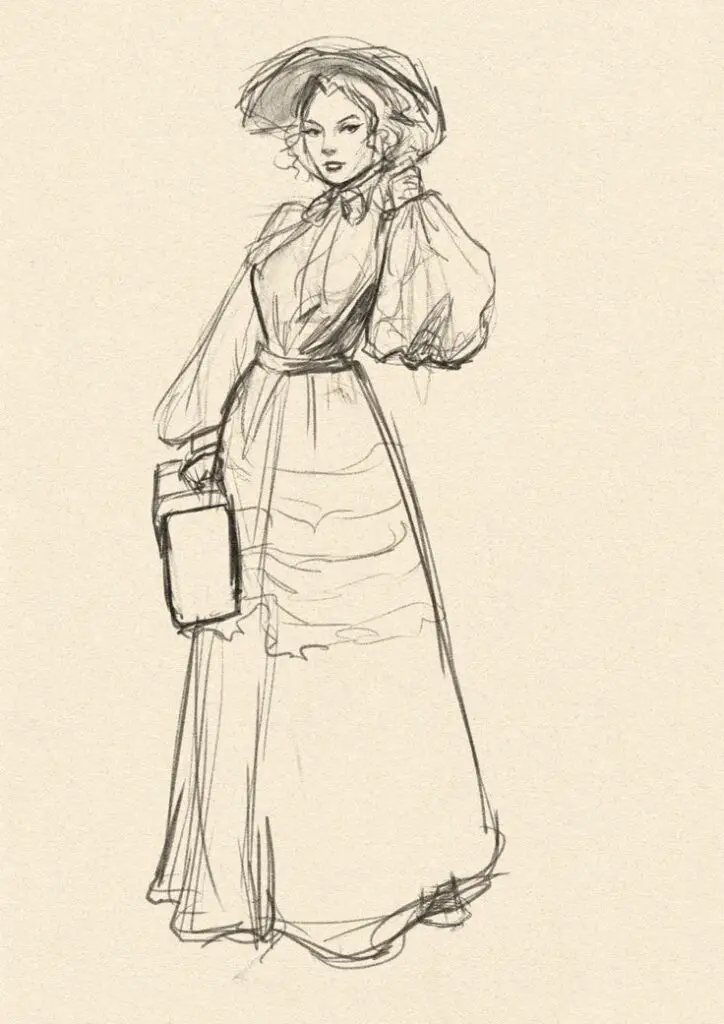
In the 19th century, women began to paint themselves and each other more. They showed the realities of women’s lives, not just male fantasies.
Modern and contemporary female artists have pushed boundaries even further. They explore themes like gender, sexuality, and identity in exciting new ways.
Today, women create art in every medium imaginable. Their voices and visions continue to shape the art world in amazing directions.
The Art of Sketching
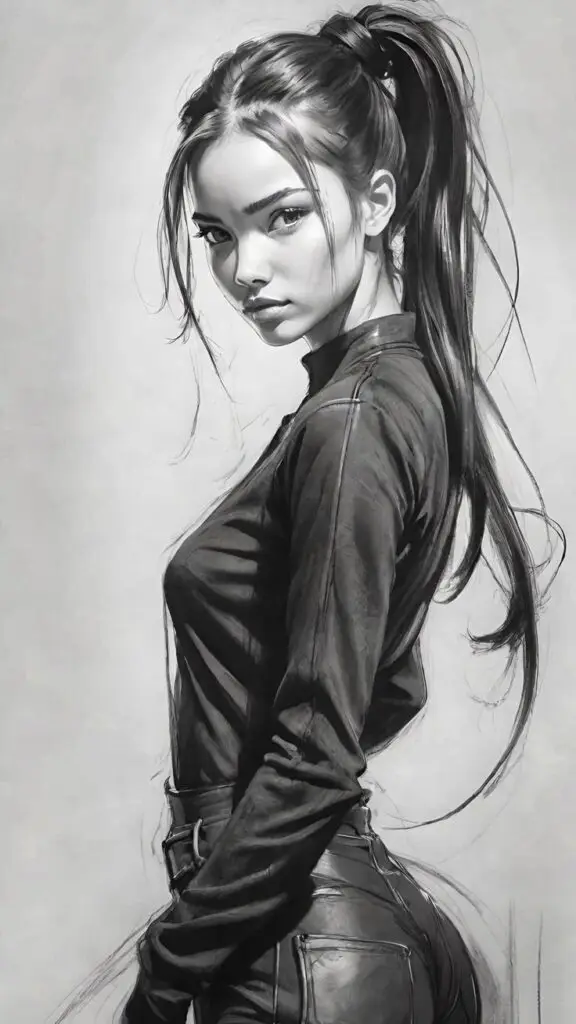
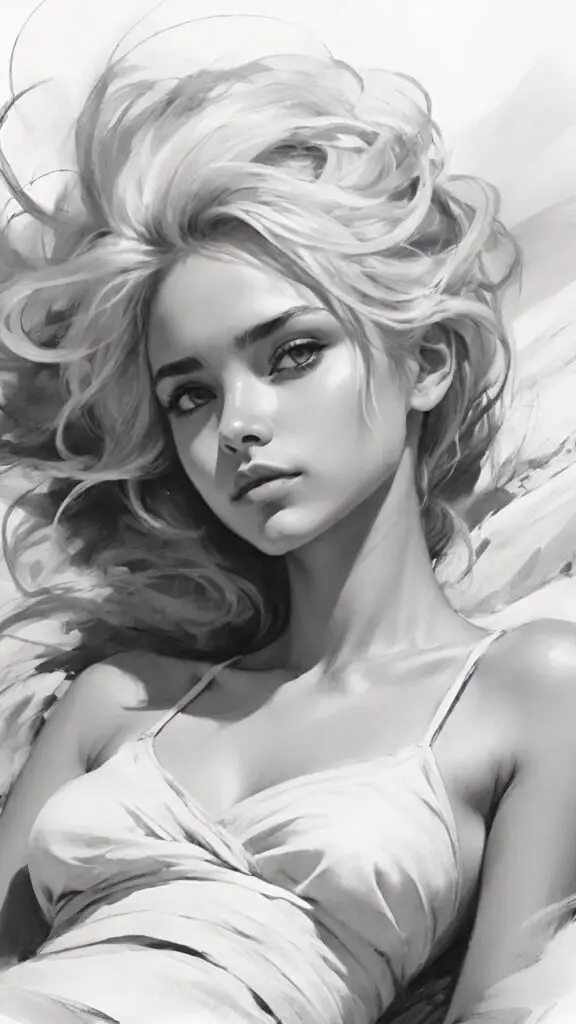
Sketching brings ideas to life through quick, expressive drawings. It’s a fun way to capture the world around us and spark creativity.
Sketching Techniques
Loose gestures form the backbone of sketching. Start with light, flowing lines to map out basic shapes and forms. Don’t worry about perfection – embrace the energy of quick strokes!
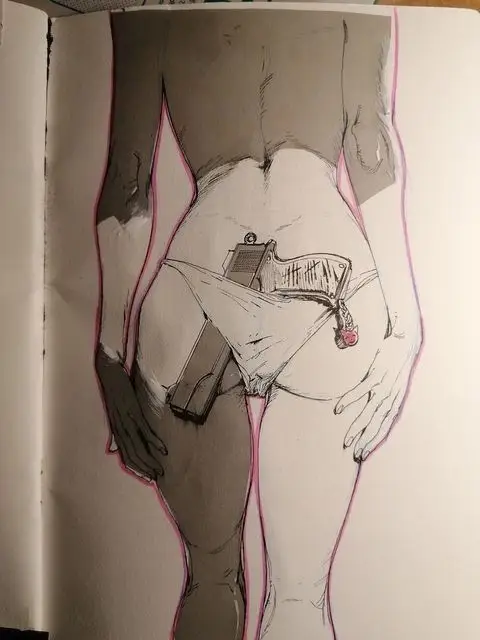
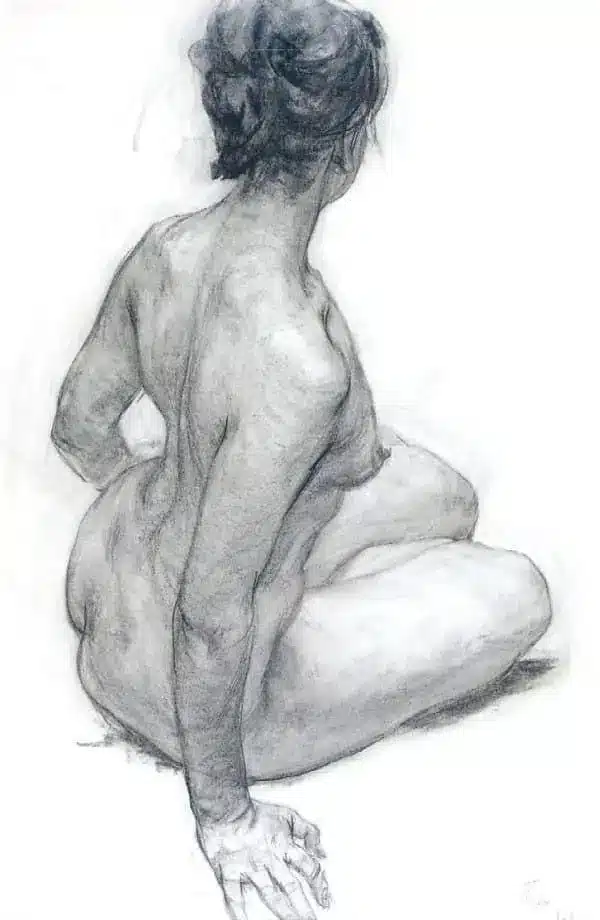
Build up details gradually. Add shading with hatching or cross-hatching to create depth and volume. Vary your line weight to make some elements pop and others recede.
Negative space sketching flips things around. Focus on drawing the empty areas instead of the subject itself. This trick helps train your eye to see shapes in new ways.
Materials and Tools
Pencils are a sketcher’s best friend. Soft leads (2B-6B) make bold, expressive marks. Harder leads (H-2H) work great for light outlines and details.
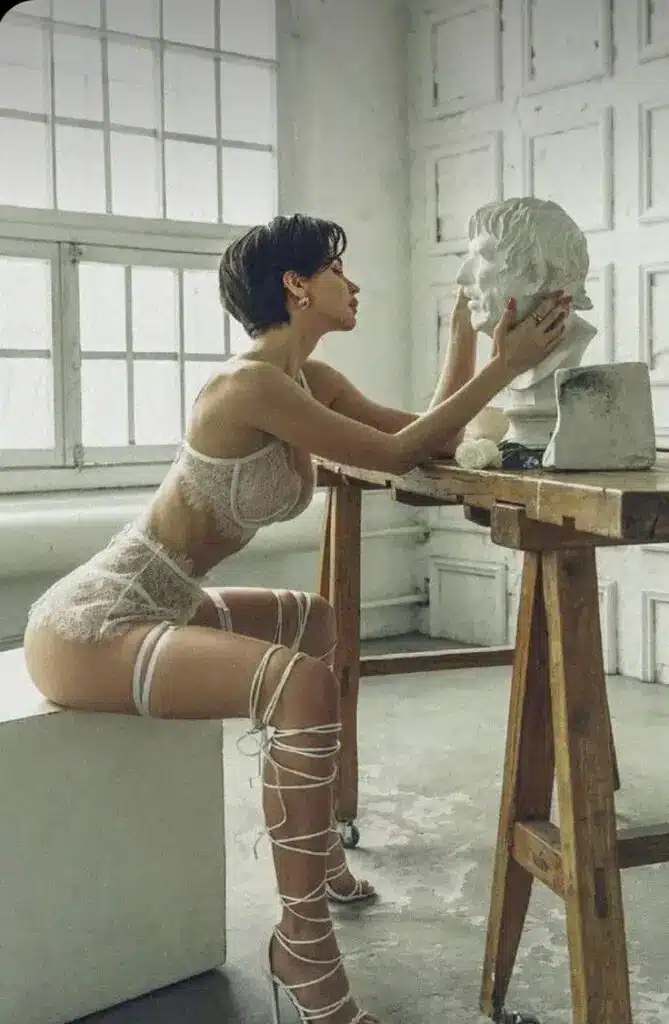
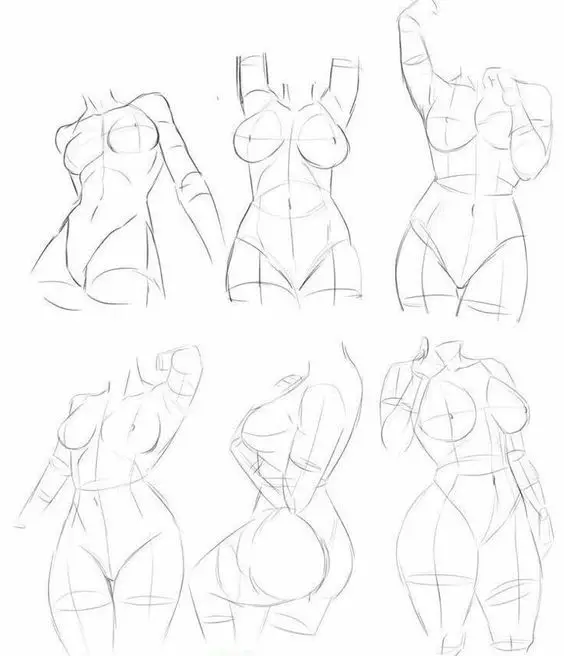
Sketchbooks come in all sizes. Small ones fit in your pocket for on-the-go inspiration. Larger books give you room to spread out and explore ideas.
Erasers aren’t just for fixing mistakes. Kneaded erasers can lift graphite to create highlights. Vinyl erasers make clean, sharp edges.
Try different paper textures. Smooth Bristol board is perfect for clean lines. Textured watercolor paper adds interesting grain to your sketches.
Famous Female Sketch Artists
Women have made amazing contributions to the world of sketching! Many talented artists have pushed boundaries and inspired others with their unique styles and techniques.
Contemporary Influencers
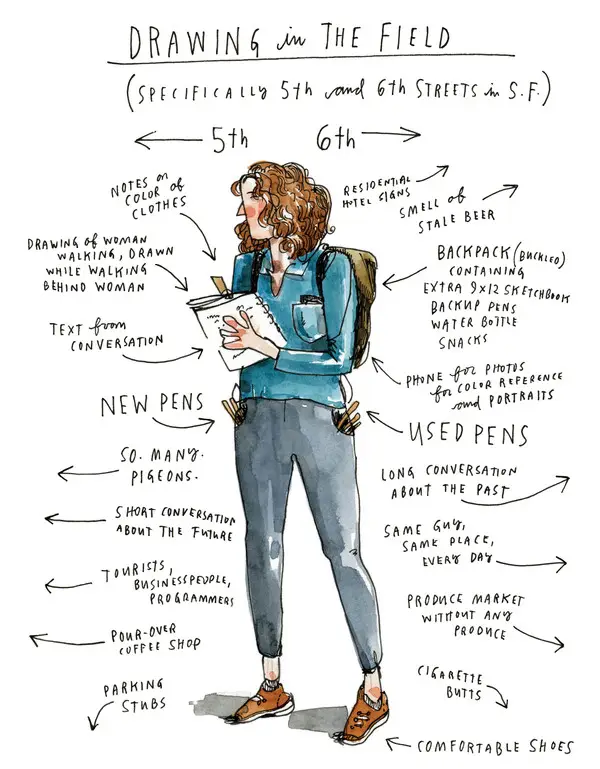
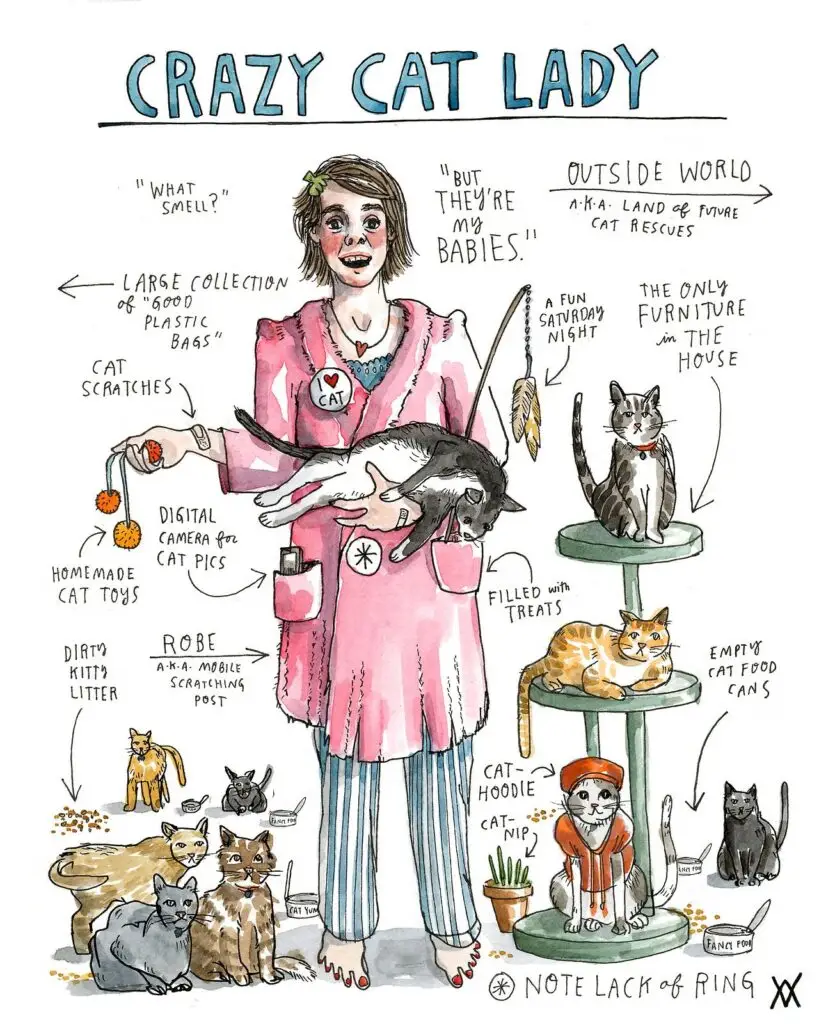
Wendy MacNaughton is a popular sketch artist known for her colorful illustrations of everyday life. Her work appears in major publications and books. She brings scenes to life with vibrant lines and expressive characters.
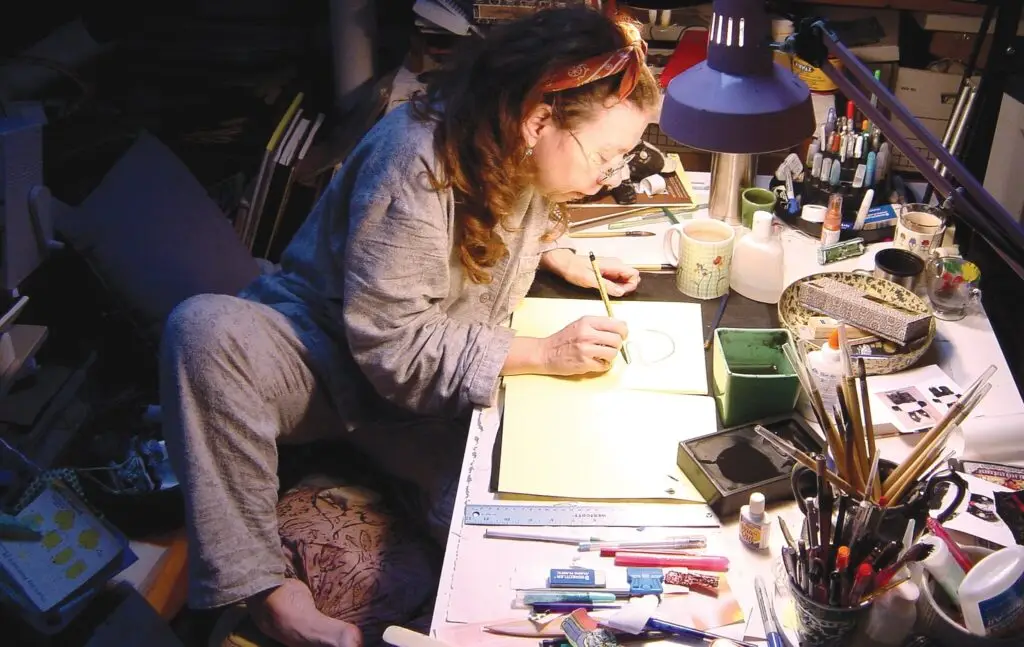
Lynda Barry creates quirky comic-style sketches full of energy and emotion. Her drawings often explore childhood memories and imagination. Barry teaches others to unlock their creativity through drawing.
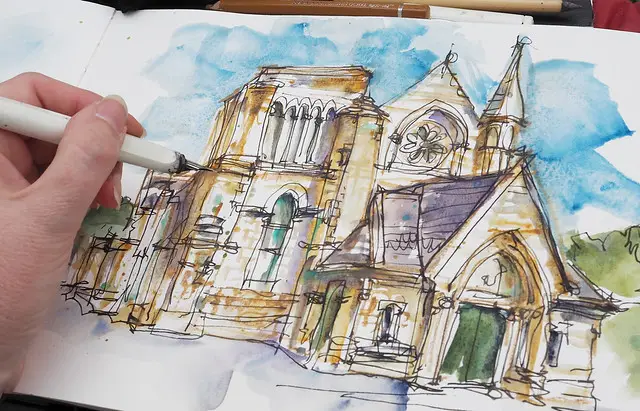
Liz Steel’s architectural sketches capture the essence of buildings and cityscapes. She uses loose, energetic lines to convey a sense of place. Steel shares her process through popular online classes.
Historical Figures
Käthe Kollwitz was a German artist who created powerful sketches in the early 1900s. Her drawings showed the struggles of working-class people with raw emotion. Kollwitz’s work highlighted social issues and inspired many.
Beatrix Potter sketched animals and nature scenes with charm and detail. Her cute rabbit drawings became the beloved Peter Rabbit stories. Potter’s sketches helped her become a successful children’s book author.
Mary Cassatt made lovely sketches of mothers and children in the late 1800s. Her drawings captured tender family moments with soft lines. Cassatt helped bring respect to women artists in a male-dominated field.
Step-By-Step Drawing Guides
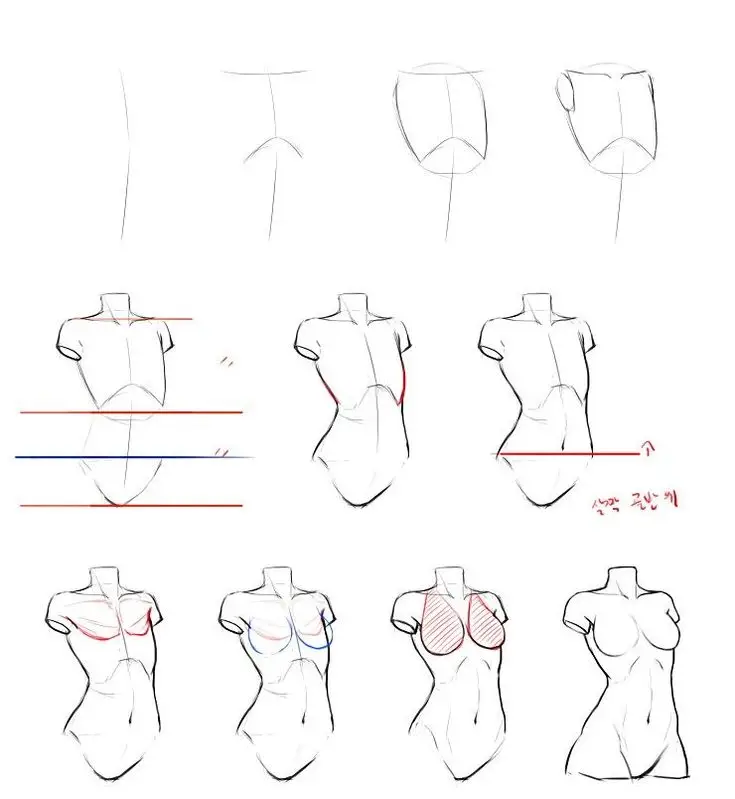
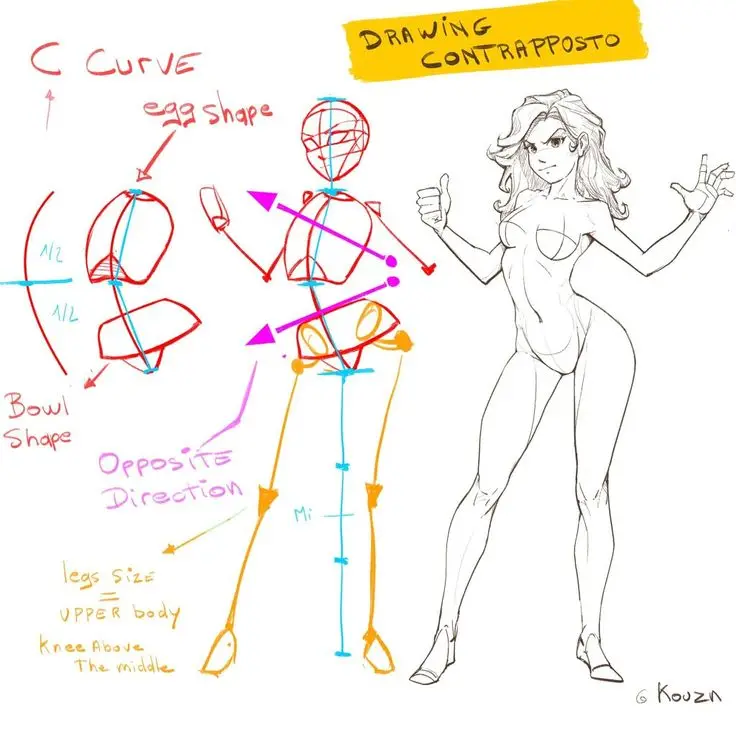
Drawing guides can help artists learn new techniques and improve their skills. They break complex subjects into simple steps that are easy to follow.
Basic Forms and Shapes
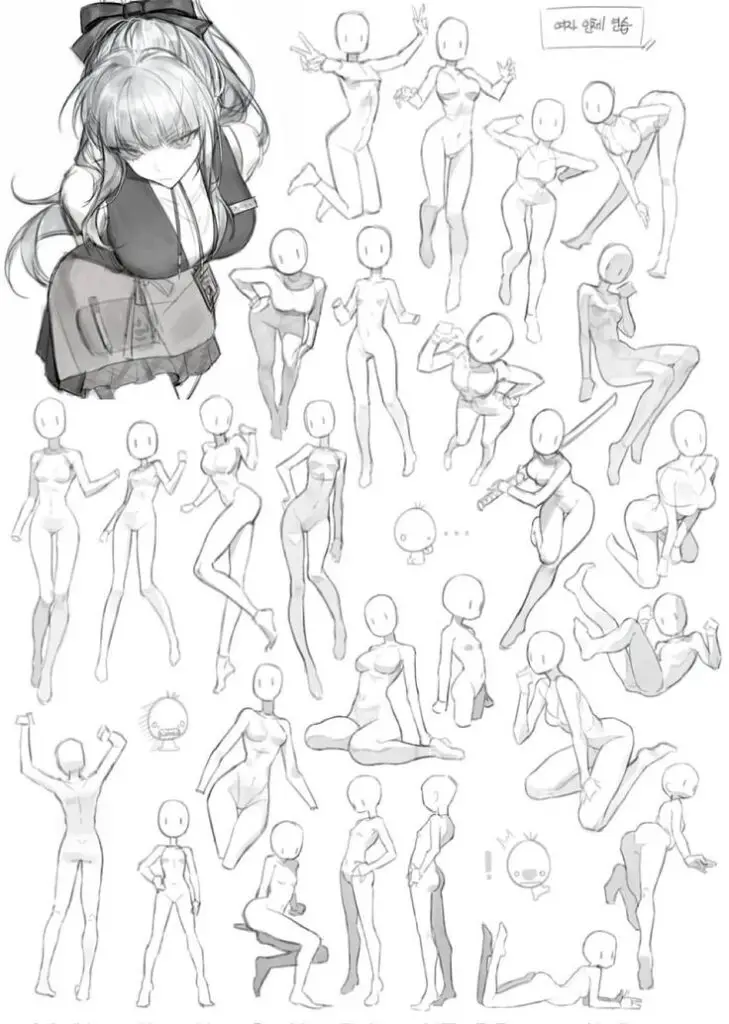
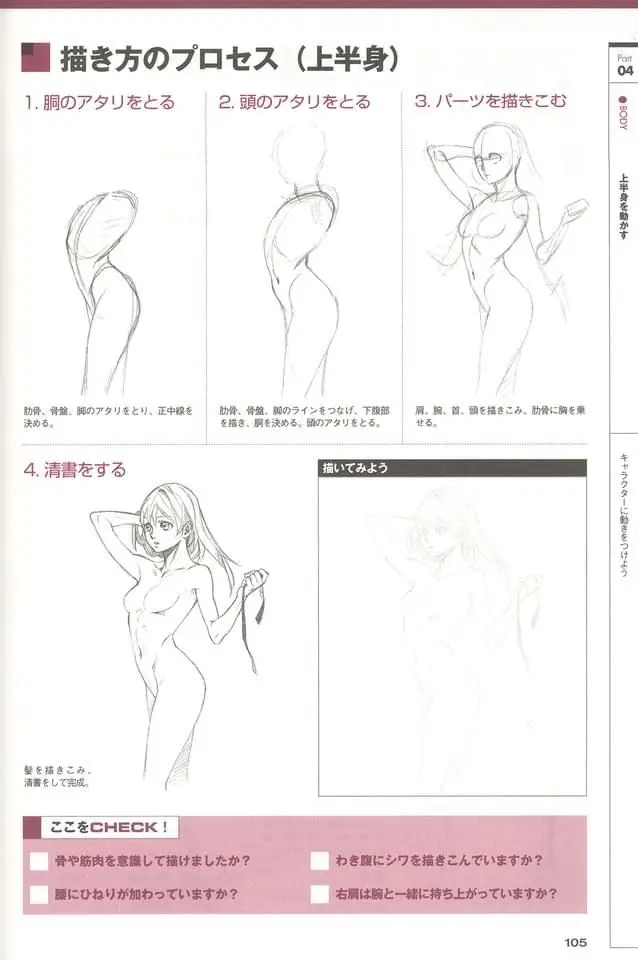
Start with circles, squares, and triangles. These basic shapes form the building blocks of most drawings. Practice drawing them in different sizes and angles.
Combine shapes to create more complex forms. A circle plus a triangle can become a simple face. A rectangle with a triangle on top turns into a house.
Try shading your shapes to give them depth. Use light pencil strokes on one side and darker strokes on the other. This creates the illusion of 3D objects on a flat surface.
Human Anatomy Sketching
Begin with stick figures to capture basic poses. Add circles for joints and ovals for the head, chest, and hips. This helps map out proportions and movement.
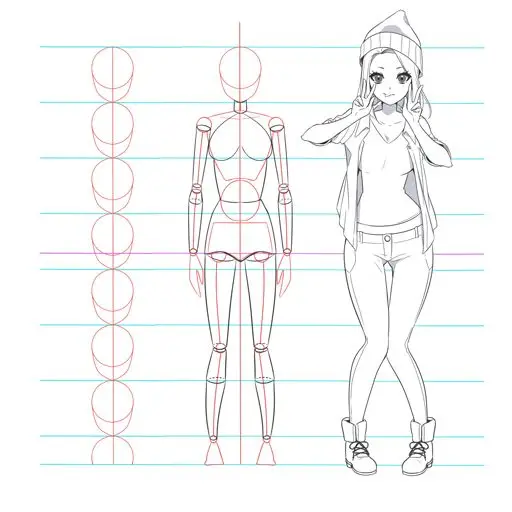
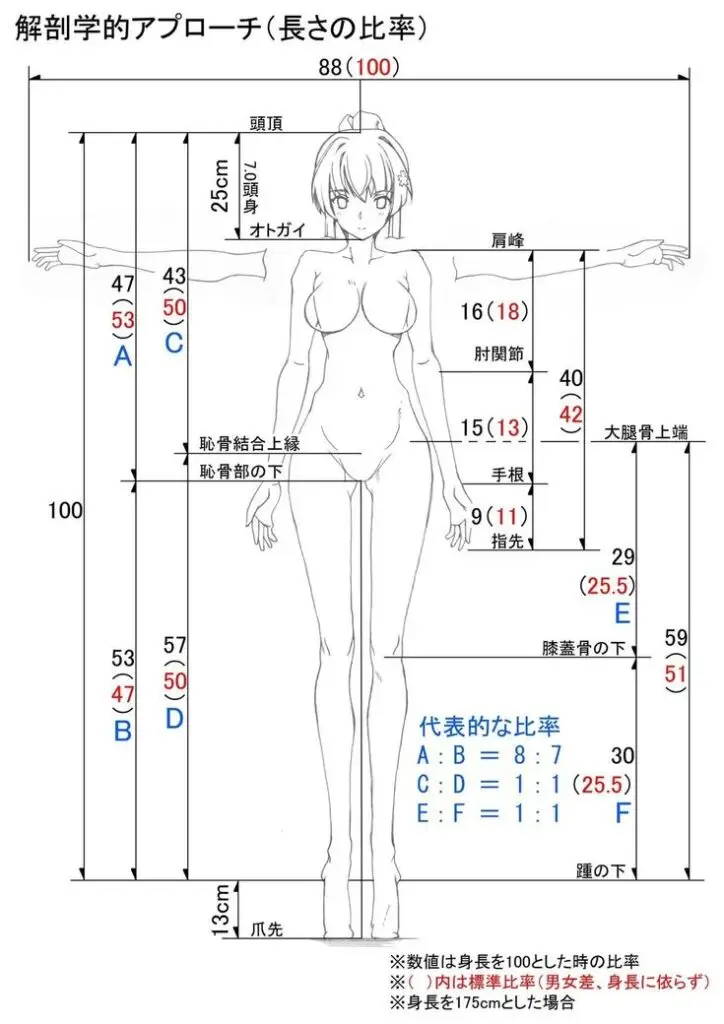
Build muscle groups using simple shapes. Cylinders work well for arms and legs. The torso can be a rectangle or trapezoid shape.
Practice facial features separately. Eyes are often almond-shaped, noses are triangular, and mouths are curved lines. Combine these elements to create expressive faces.
Human Anatomy: The content of this section is related to human anatomy and may not be suitable for all audiences.
Exploring Themes and Subjects
Women artists draw inspiration from many sources. Their sketches capture the world around them and the people in it. They bring scenes to life with pencil and paper.
Nature and Landscapes
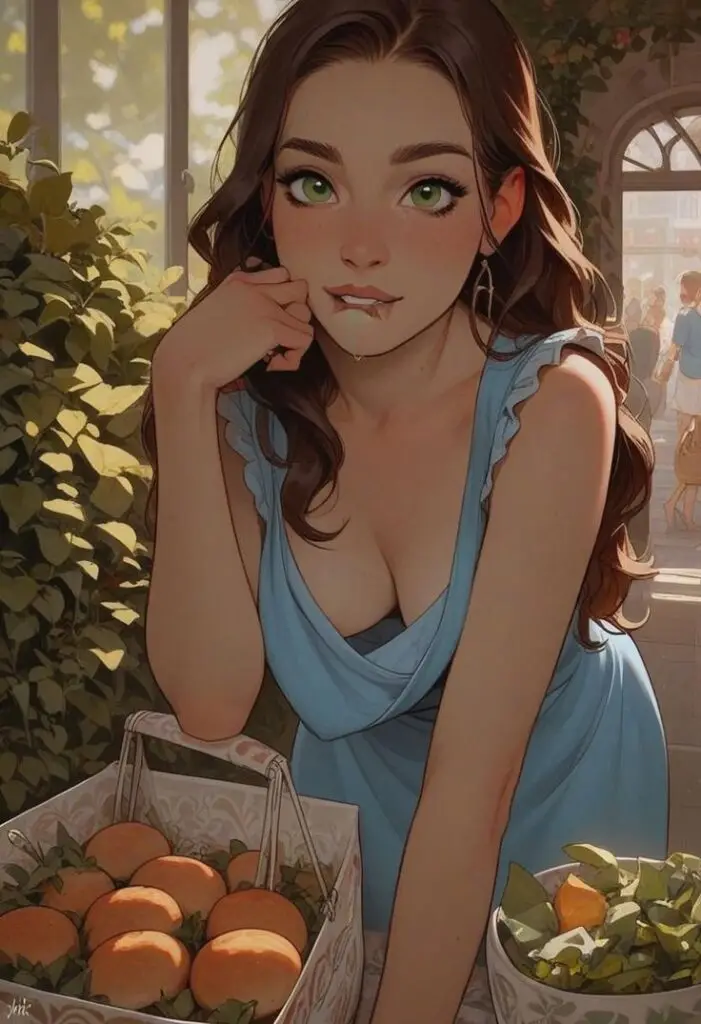
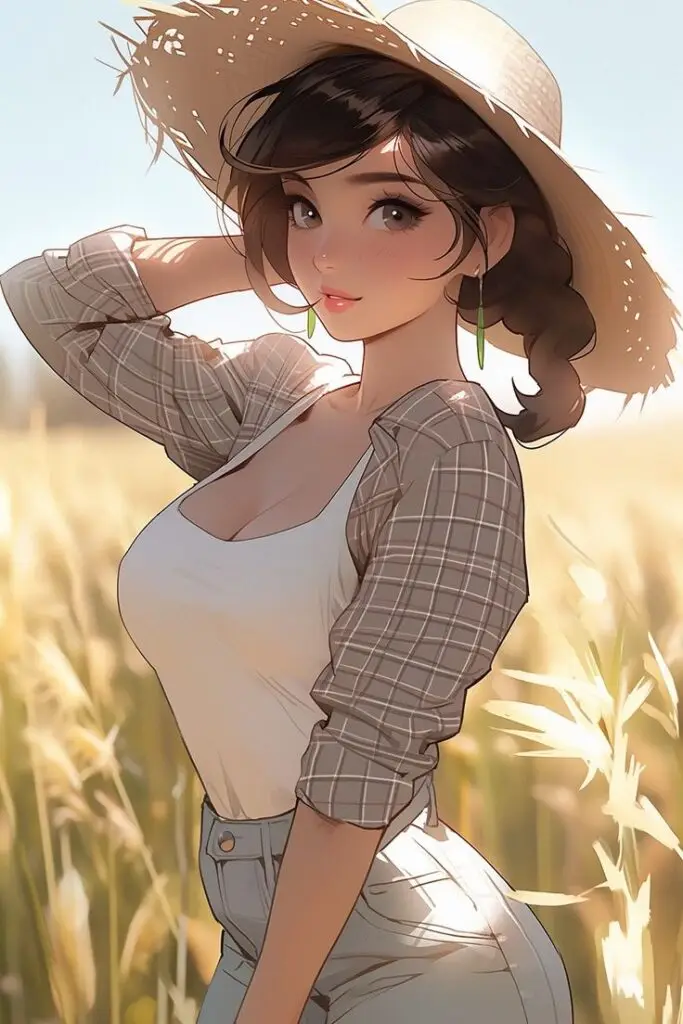
Nature offers endless subjects for sketches. Artists love to draw trees, mountains, and rivers. They capture the beauty of flowers and leaves. Some focus on tiny details like dewdrops on petals. Others draw sweeping vistas of forests or oceans.
Seasons change the look of landscapes. This gives artists new scenes to sketch all year. Fall brings colorful leaves to draw. Winter shows bare branches against the snow. Spring bursts with new growth and blooming flowers.
Urban scenes also inspire sketches. Artists draw city skylines and busy streets. They capture the energy of crowds and the quiet of parks.
Portraits and Expressions
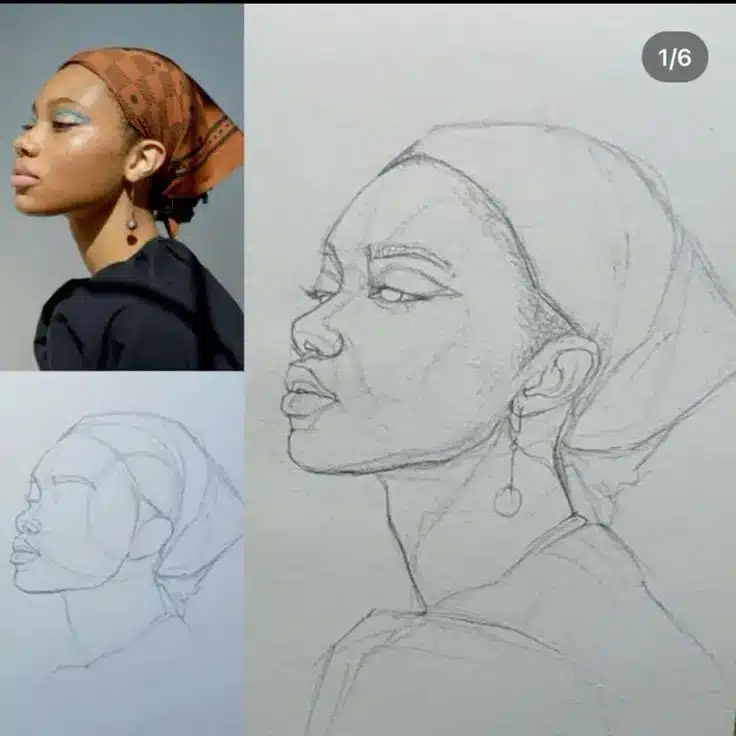
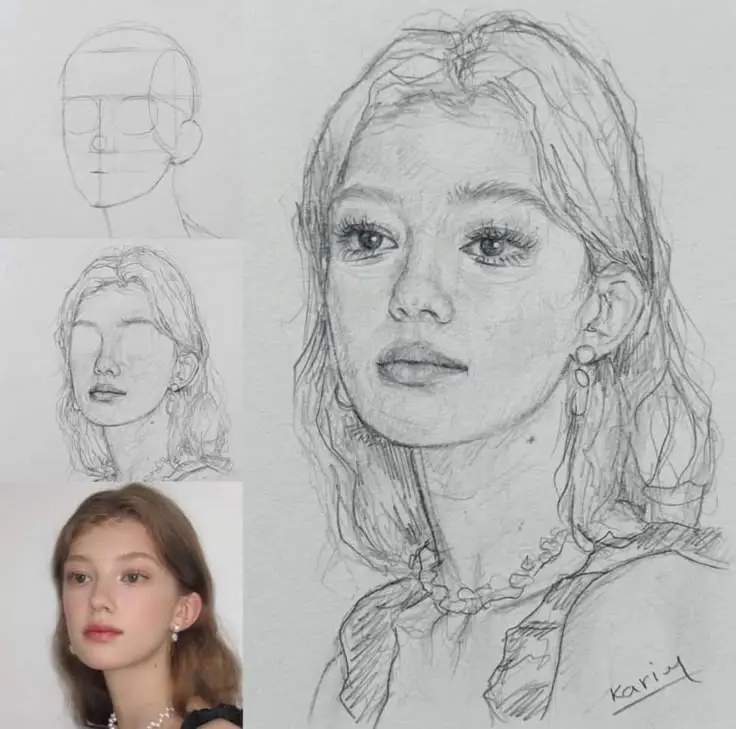
People make fascinating subjects for sketches. Artists draw faces to show emotions and personalities. They catch the sparkle in someone’s eyes or the curve of a smile.
Some artists focus on quick sketches of strangers. They draw people in cafes or on buses. These capture fleeting moments and gestures.
Others draw detailed portraits of friends or family. These sketches show the unique features of each person. Artists might draw hands, hair, or clothing to add more character.
Self-portraits let artists explore their own faces. They can show different moods or try new styles. These sketches often reveal the artist’s inner world.
Incorporating Color
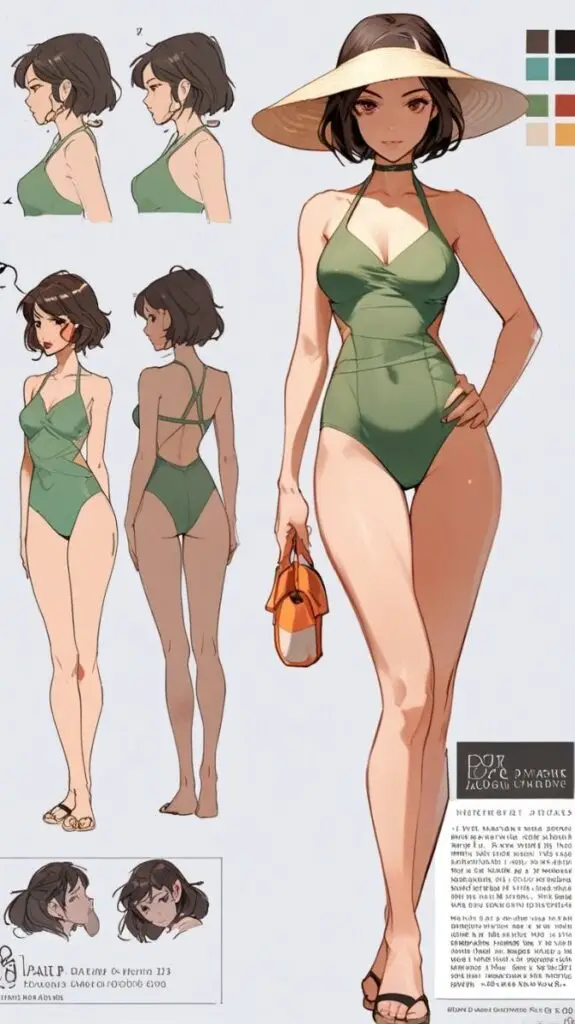
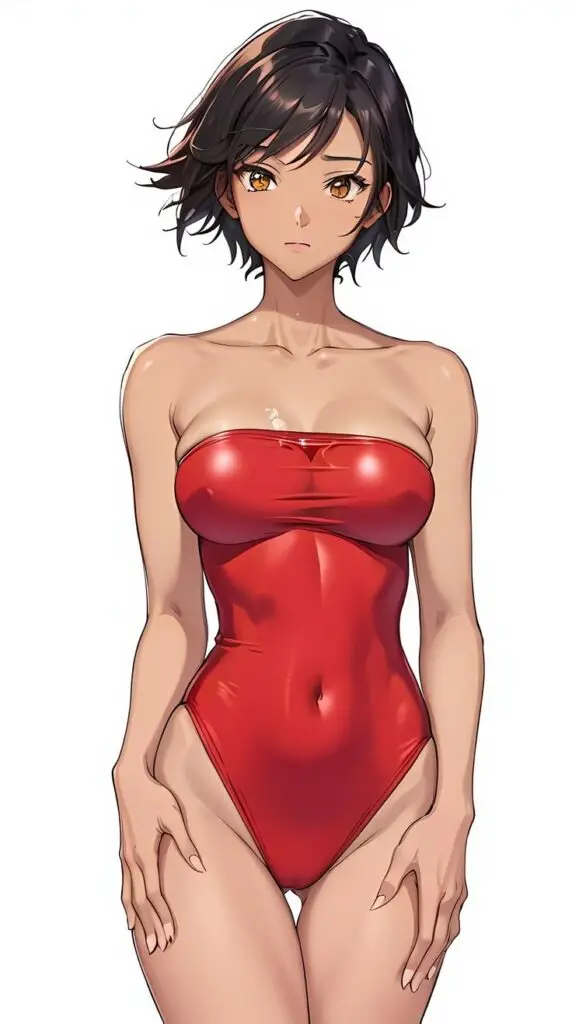
Adding color brings sketches to life and creates vibrant, eye-catching artwork. It allows artists to express mood and evoke emotions through their drawings.
Color Theory Basics
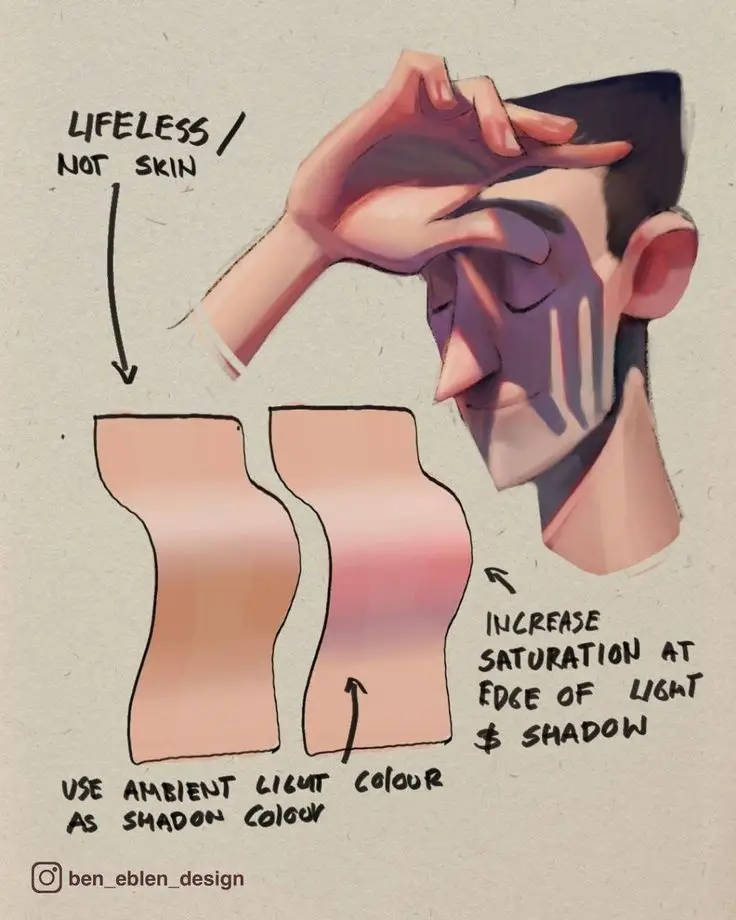
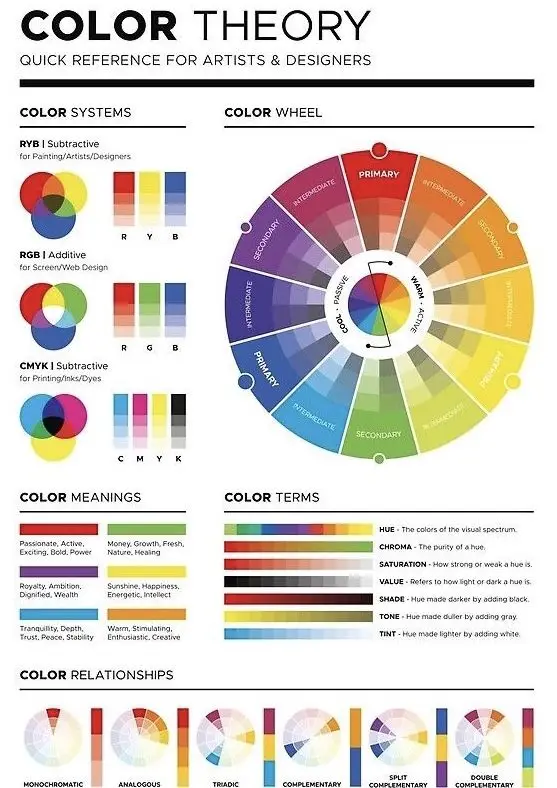
Colors can transform simple sketches into stunning pieces. The color wheel is a handy tool for choosing harmonious color schemes. Primary colors – red, blue, and yellow – form the basis of all other hues.
Mixing primaries creates secondary colors: orange, green, and purple. Tertiary colors emerge from combining primary and secondary shades. Warm colors like red and orange feel energetic. Cool tones such as blue and green appear calming.
Complementary colors sit opposite each other on the wheel. They create bold contrasts when used together. Analogous colors are neighbors on the wheel. They blend smoothly for a cohesive look.
Watercolor and Colored Pencils Techniques
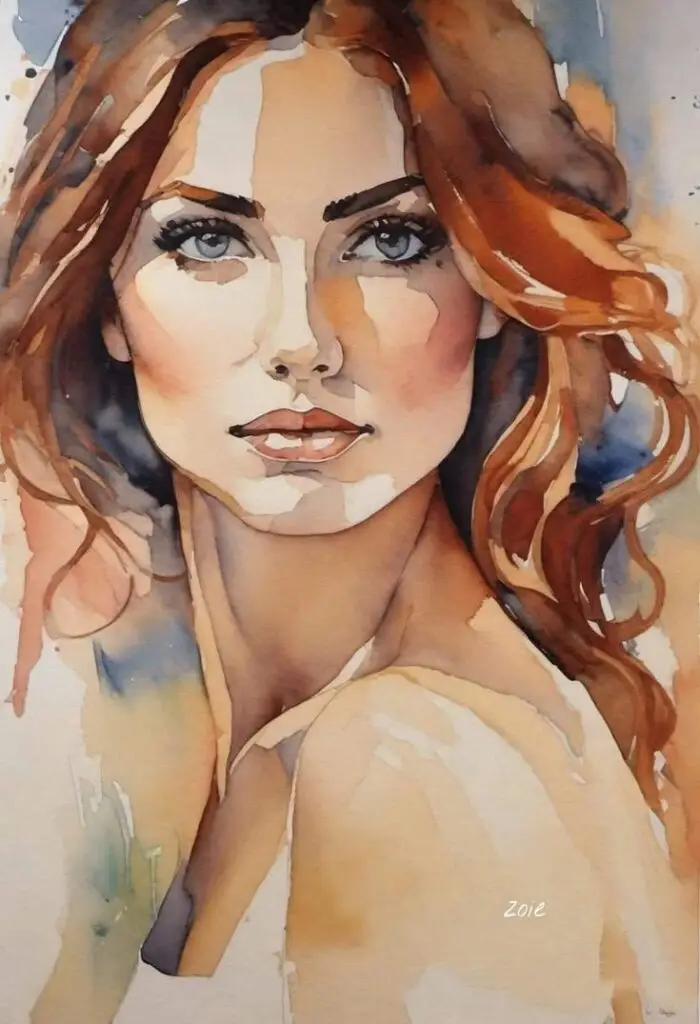
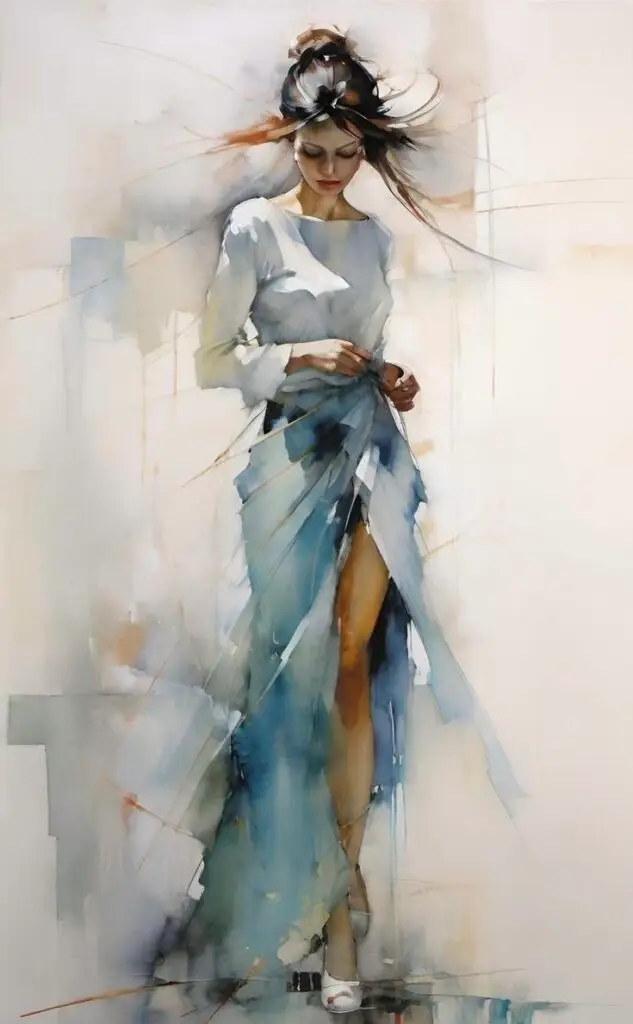
Watercolors offer a dreamy, translucent effect perfect for soft landscapes or portraits. Start with light washes and build up layers for depth. Wet-on-wet technique creates beautiful blends. Wet-on-dry allows for more control and defined edges.
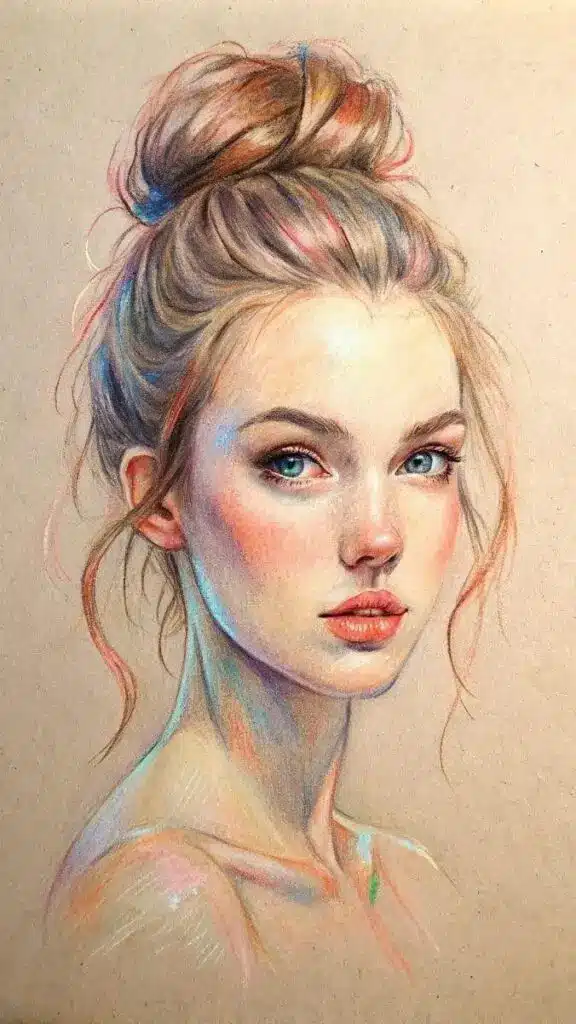
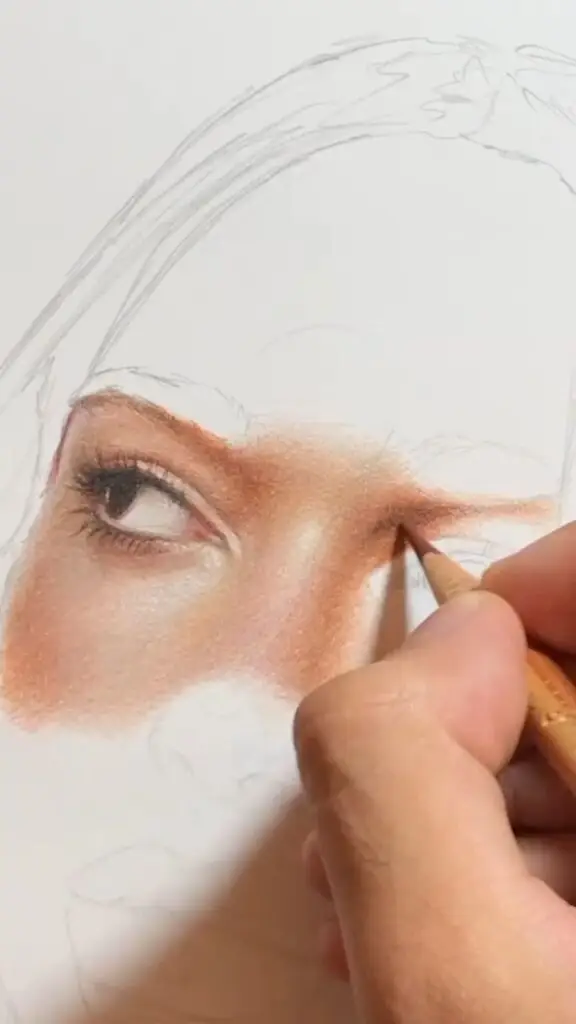
Colored pencils provide precision and blend well for smooth gradients. Layer colors to create rich, vibrant hues. Use light pressure for subtle shading. Press harder for bold, saturated areas.
Try combining watercolors and colored pencils for unique effects. Paint loose watercolor backgrounds. Add fine details with pencils once dry. Experiment with different paper textures for varied results.
Cultivating Creativity
Creativity blossoms with practice and the right mindset. Artists can unlock their full potential through inspiring exercises and techniques to overcome blocks.
Inspiration and Creativity Exercises
Getting creative juices flowing is fun and exciting! Try these easy exercises:
• Go on an inspiration walk. Snap photos of interesting textures, colors, and shapes.
• Do quick 1-minute sketches of random objects around your home.
• Fill a page with doodles and patterns while listening to music.
• Cut out magazine images to make a mood board collage.
Mix things up to spark new ideas. Draw with your non-dominant hand or use unusual tools like twigs or sponges. The goal is to play and explore without judgment.
Overcoming Artistic Blocks
Feeling stuck? Don’t worry – it happens to everyone! Here are some tips to bust through blocks:
• Take a break and do something totally different. A change of scenery can refresh your mind.
• Start small. Tackle one tiny part of your drawing instead of the whole thing.
• Try a new style or medium for fun. The pressure’s off when you’re just experimenting.
• Draw alongside other artists for motivation and fresh perspectives.
• Set a timer for 10 minutes of non-stop drawing. Don’t overthink it – just create!
Remember, blocks are temporary. Keep showing up and the creativity will flow again.
Artistic Expression and Identity
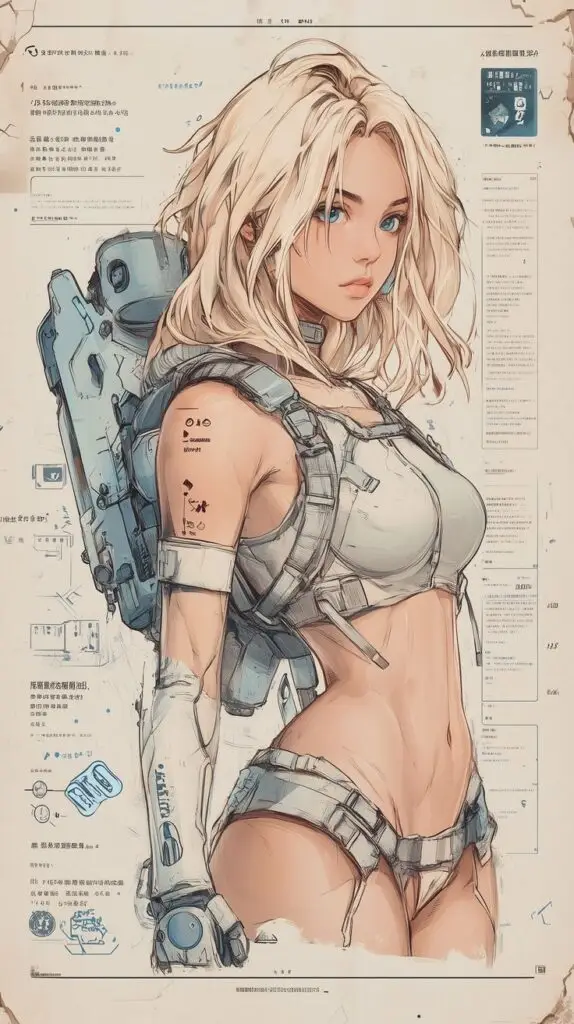
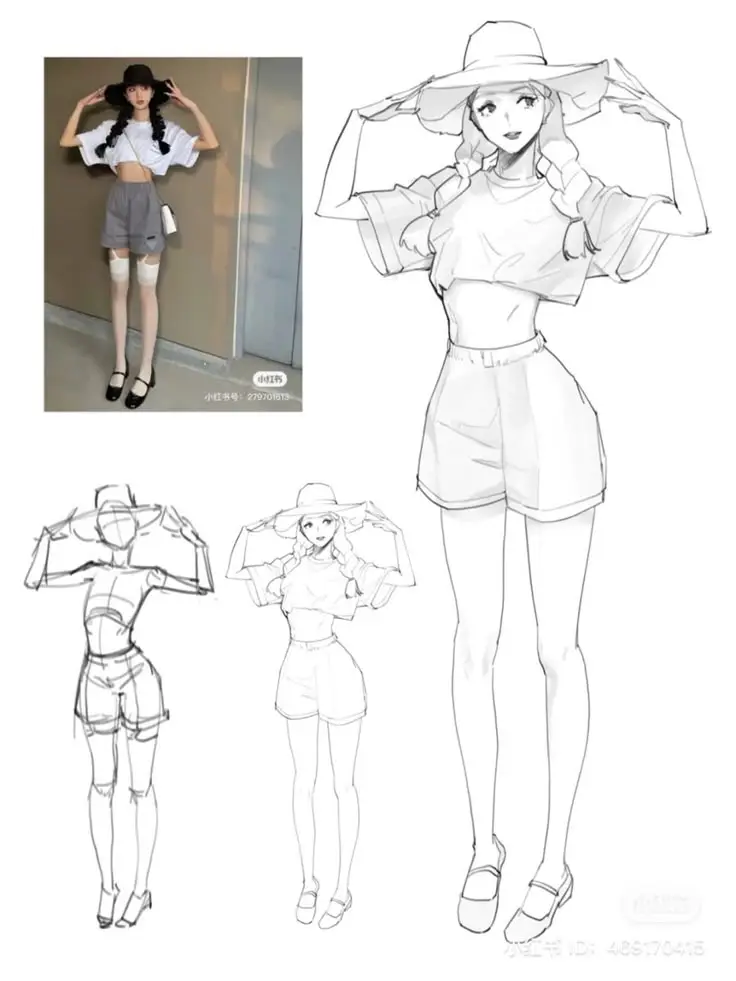
Women artists find their unique voices through sketching. With each stroke of pencil or pen, they reveal parts of themselves on paper. Sketches become windows into their inner worlds and experiences.
Drawing allows women to explore their identities in creative ways. They can depict their hopes, fears, and dreams visually. Some artists sketch self-portraits to better understand themselves. Others draw scenes from their lives or imaginations.
Sketching gives women a chance to express ideas they may struggle to put into words. It’s a form of visual storytelling that’s deeply personal. Artists can play with different styles to show various sides of their personalities.
Many women use sketching as a form of empowerment. They challenge stereotypes through their art. Their sketches celebrate diverse body types, cultures, and life experiences. This helps create more inclusive representations in the art world.
Sketching communities offer support for women artists. They can share their work and get feedback from peers. This boosts confidence and inspires growth. Online platforms make it easy to connect with other artists globally.
Some women turn their sketch art into successful careers. They design for fashion, animation, or graphic novels. Others use sketching as a relaxing hobby. Either way, it’s a powerful tool for self-expression and identity exploration.
Tips for Aspiring Sketch Artists
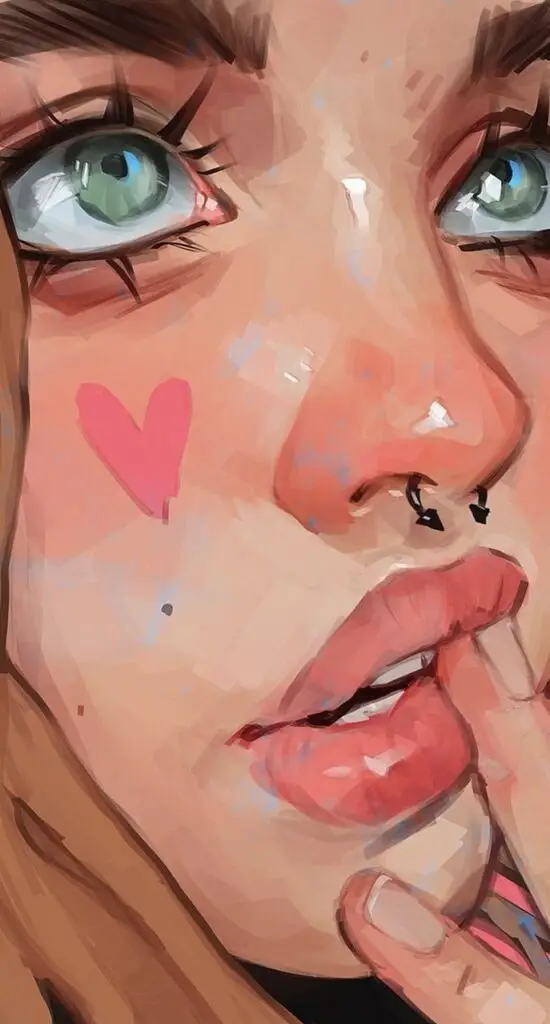
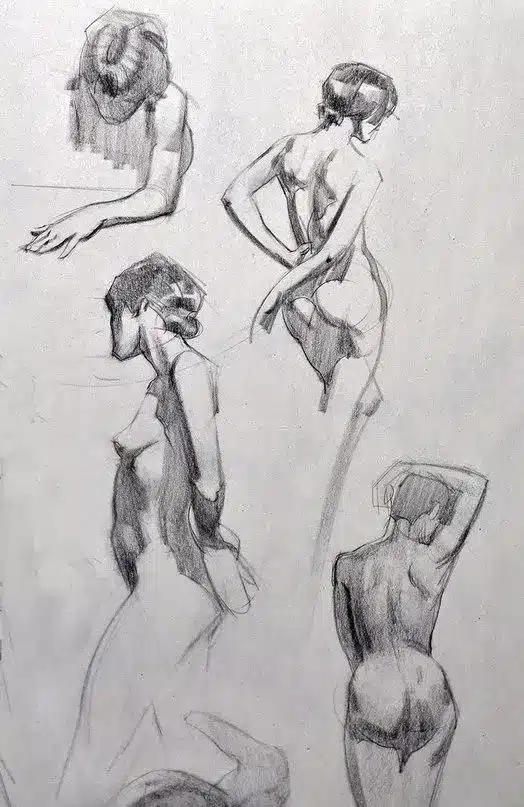
Grab a sketchbook and pencil – it’s time to start drawing! Sketching is a fun way to express creativity. With practice, anyone can become a great sketch artist.
Start by observing the world around you. Look closely at objects, people, and scenes. Try to notice interesting shapes, textures, and details.
Experiment with different drawing tools. Pencils, pens, charcoal, and pastels all create unique effects. Play around to find what you like best.
Don’t worry about perfection. Sketching is about capturing the essence of a subject quickly. Embrace imperfections and loose lines.
Practice basic shapes like circles, squares, and triangles. These building blocks form the foundation of more complex drawings.
Draw every day, even if just for 10 minutes. Regular practice is key to improving skills. Keep a small sketchbook handy for on-the-go doodling.
Try gesture drawing to loosen up. Make quick 30-second sketches to capture movement and energy.
Study other artists’ sketches for inspiration. Notice their techniques and styles. But remember – develop your own unique voice too!
Most importantly, have fun! Enjoy the process of creating art. Let your imagination run wild on the page.
Creating a Portfolio
A portfolio showcases an artist’s best sketches and drawings. It helps land jobs and impress potential clients. A great portfolio highlights skills and style.
Selecting Your Best Work
Artists should pick their top 10-15 sketches for a portfolio. Include a mix of subjects like people, animals, and landscapes. Show different techniques too – quick sketches, detailed studies, and finished pieces.
Quality beats quantity! Only include the very best work. Get feedback from other artists or teachers to help choose. Update the portfolio regularly with new sketches.
Presentation and Formatting
Make the portfolio look professional and eye-catching. Use a simple black portfolio book or create a digital version. Organize sketches by theme or style.
Add labels with the title, medium, and date for each piece. Keep the layout clean and uncluttered. High-quality photos or scans are a must for showing off sketches.
Consider making both print and online versions. A website lets people view the work easily. Social media can also help share sketches with a wider audience.
Navigating the Art World
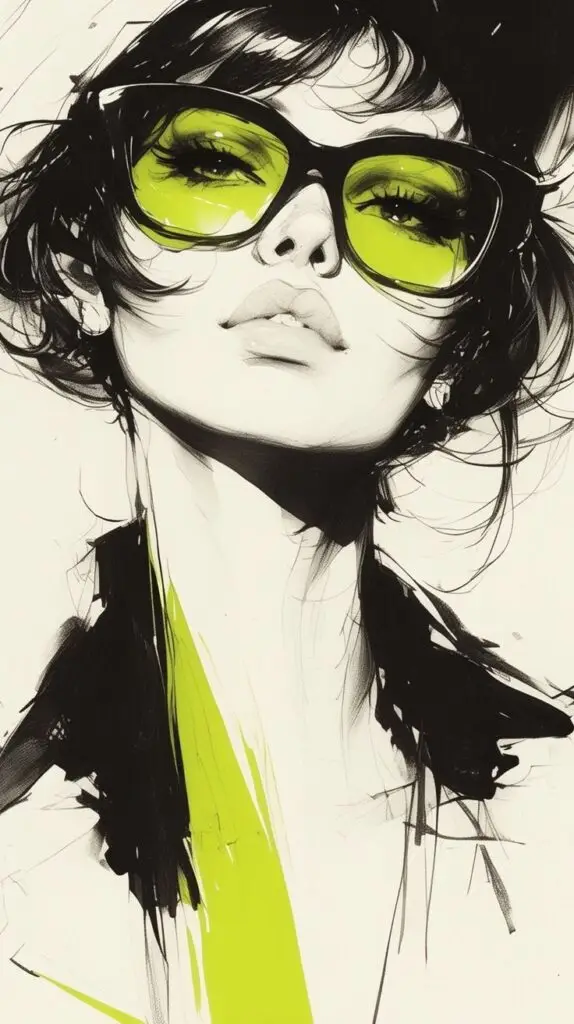
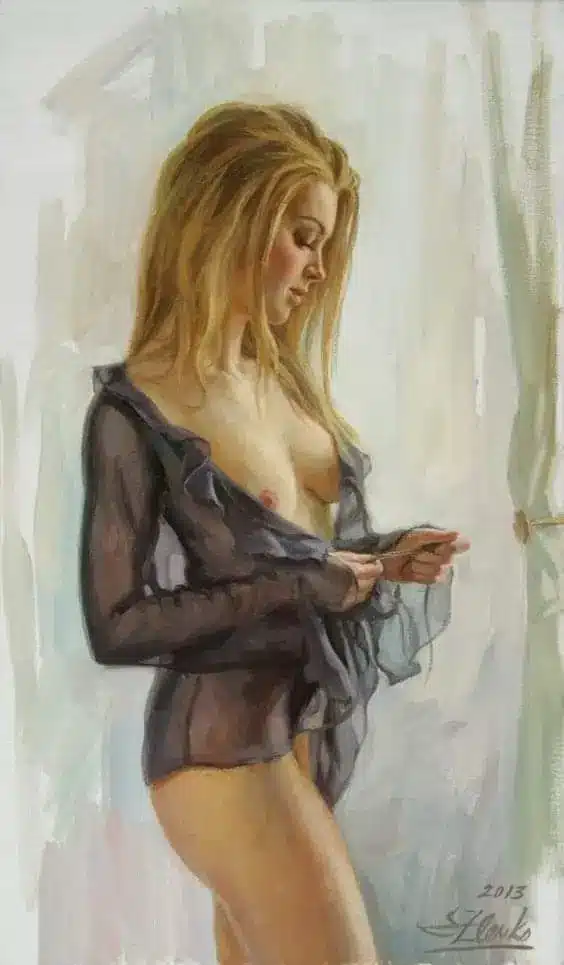
The art world offers exciting opportunities for women sketch artists to share their work and connect with others. Exhibitions, galleries, and social media provide avenues to gain exposure and build a career.
Exhibitions and Galleries
Art exhibitions and galleries showcase talented artists and their creations. Women sketch artists can submit their work to local galleries or apply for group shows. Many cities host regular art walks or open studio events. These give artists a chance to display sketches and meet potential buyers.
Some galleries focus on specific styles or mediums, like pencil drawings or figure sketches. Artists should research venues that fit their style. Building relationships with gallery owners can lead to solo exhibitions down the road.
Art fairs and festivals are another great option. These events bring together artists and art lovers in a fun, lively setting. Setting up a booth allows sketch artists to show and sell their work directly to the public.
Networking and Social Media
Connecting with other artists and art fans is key for success. Local art groups and sketch meetups let artists practice together and share tips. Many cities have “drink and draw” events at bars or cafes. These casual gatherings are perfect for meeting fellow creatives in a relaxed setting.
Social media gives sketch artists a powerful tool to share their work globally. Platforms like Instagram and Pinterest are ideal for visual art. Artists can post sketches, works-in-progress, and finished pieces. Using relevant hashtags helps new followers discover an artist’s work.
Online art communities like DeviantArt allow artists to get feedback and find inspiration. Some sites even let artists sell prints or originals directly to buyers around the world.
- 3.4Kshares
- Facebook0
- Pinterest3.4K
- Twitter0
